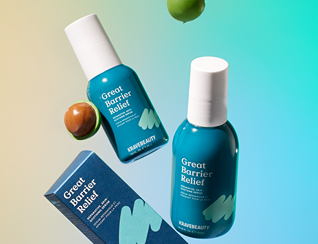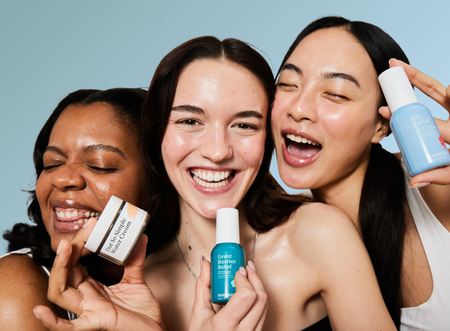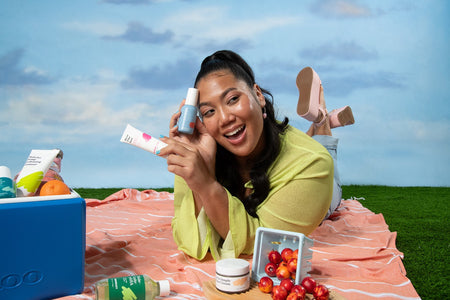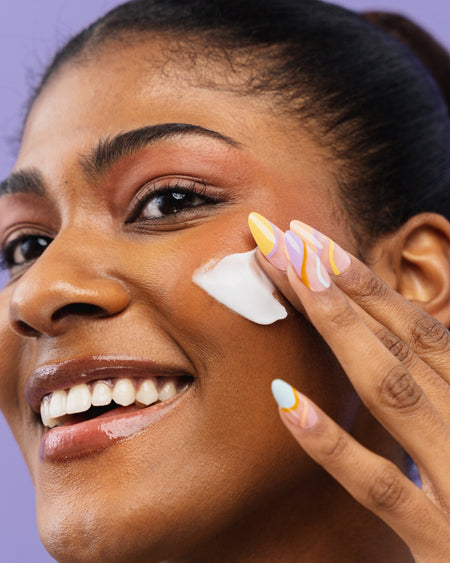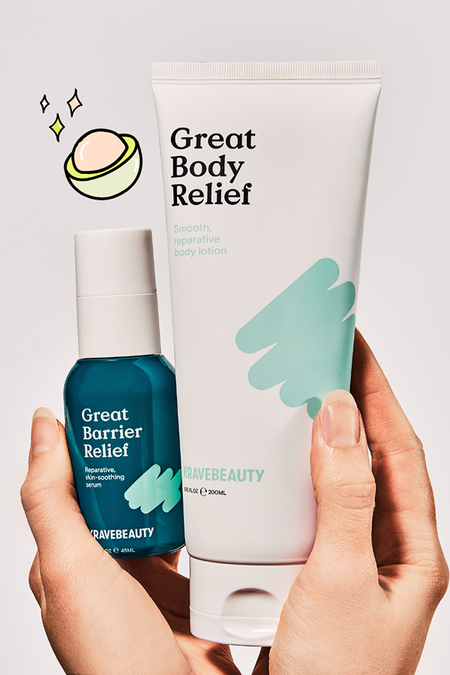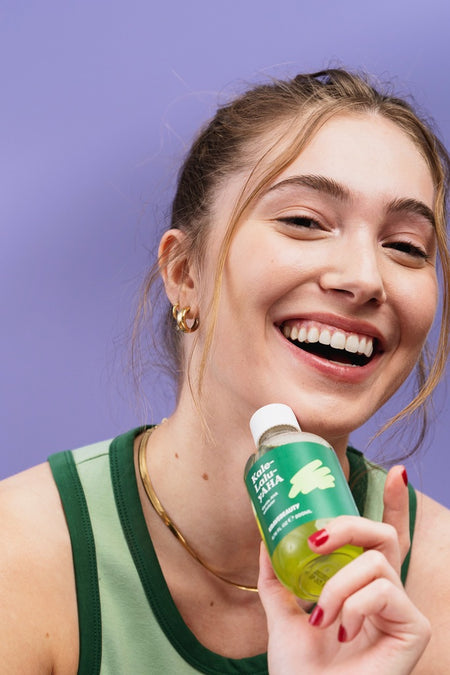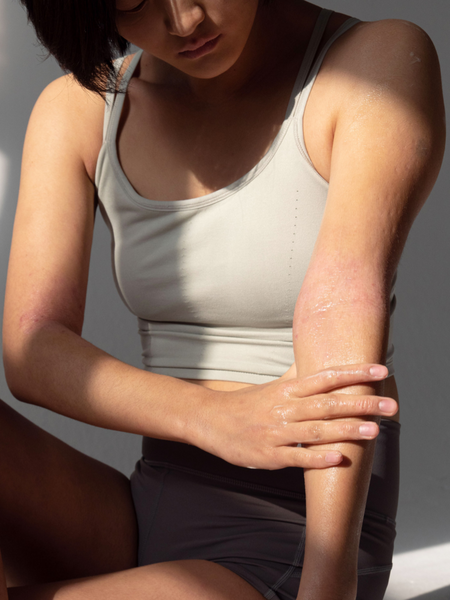What's The Difference: Whiteheads, Milia, Fungal Acne?

It’s hard to figure out just exactly what is going on with your skin. Those small raised bumps - could it be fungal acne or whiteheads? What is that and what really is the difference?
Let’s see if we can help figure this out with you. If you’re unsure about how to spot the difference between whiteheads, milia and fungal acne, then read on to see how you can self diagnose and treat your skin properly!
*Disclaimer: Please keep in mind that the most accurate way to diagnose your condition is for your physician or doctor to look at your skin under a microscope. We are not doctors and encourage you to do your own research according to your skin & health concern. Also we are including images, so anyone with severe trypophobia, click away.*
Whiteheads
What’s the Deal?
Whiteheads are a closed comedone aka. a closed pore that has sebum trapped under a thin layer of skin. When the oil mingles with dead skin and the pore is not open, this can cause a small white bump (aka those pesky whiteheads!) on your skin. You can identify whiteheads because they are ‘poppable’, which means they are extractable (yay!)
TLDR: it’s essentially clogged pores under skin!
But Why?
The most common reason why you might experience whiteheads is due to excessive sebum production. This happens when dead skin cells build on top of the pores and blocks the oil from being released resulting in whiteheads. Another cause for whiteheads might be that your skin is too dry or that you are using a product that is heavier or greasier than what your skin needs.
So, What Should I Do?
When experiencing whiteheads, you can improve skin texture by incorporating chemical exfoliators like AHA’s (glyolic acid, lactic acid and mandelic acid) and BHA’s (salicylic acid). Resurfacing chemical exfoliators like Kale-Lalu-yAHA act as a personal trainer to your skin and gives it that extra push to shed that gunk! If the whiteheads are caused by dehydration, you should deeply hydrate the skin with something light, like an aloe mask!
Milia
What’s the Deal?
Milia is when skin protein is trapped under your skin. It isn’t related to your pores or sebum, but is actually a keratin overgrowth issue! This might sound scary, but this condition is actually not harmful to your skin. It often happens around the most delicate parts of your skin such as the eye area. It’s usually pretty easy to spot because it has a pearly, white sphere appearance.
But Why?
Milia occurs when your skin turnover slows down! It can be caused by using heavy and greasy products, like an eye cream that’s too thick for you, which allows the keratin to keep growing and appear as white humps if there is not enough skin turnover. Milia can also be associated with your genetics or sun induced damage.
So, What Should I do?
Milia can be cleared up by itself overtime, so you could let your skin turnover on its own. However you can always give your skin a helping hand by using glycolic acid or retinol products to speed up the turnover rate! Dab a cotton swab with the product to apply around the area. If you are looking to extract your milia we definitely recommend you to visit an esthetician or dermatologist as they might even laser it off. Do not try to pop these guys on your own!
Fungal Acne
What’s the Deal?
Malassezia folliculitis and pityrosporum folliculitis, otherwise known as fungal acne, is basically a yeast overgrowth or infection. Imagine that your yeast became a super mario after eating the ‘mushroom’, this ‘mushroom’ is a food source for your yeast to grow and thrive. Fungal acne can be pretty tricky to self diagnose, but it is usually associated with itchiness! These bumps are often seen in a cluster and are typically uniform in size.
But Why?
The yeast that causes fungal acne often grows in a warm, humid climate. Because this yeast enjoys an occlusive environment, fungal acne can be exacerbated by sweat and sebum. Over moisturizing along with a humid climate can create a warm and cozy home, which allows the yeast to thrive and grow even more! Some specific skincare ingredients and oils, like avocado and olive can aggravate the symptoms.
So, What Should I do?
Fungal acne does not work well with antibiotics and in order to treat it properly you should remove all the problematic ingredients in your skincare products. Treating fungal acne can be pretty tricky so feel free to check out this video for fungal acne safe skincare products! You can also use Nizoral, Azelaic Acid or a sulfur product to help as well.
Although all of these skin conditions might look similar at first glance, we hope this guide helps you identify what you might be experiencing and how to treat it :) If you have any further questions, please feel free to leave it down below or reach out to us via email or on socials!

